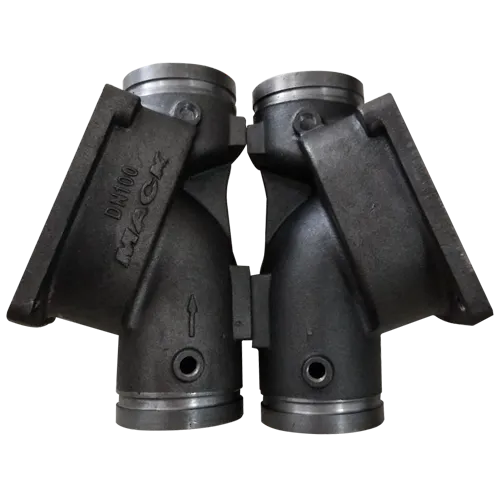Mobile:+86-311-808-126-83
Email:info@ydcastings.com
end cover
Understanding End Cover Essential Aspects in Construction and Design
In the world of construction and structural engineering, the term end cover refers to the protective layer that encapsulates the ends of building materials, particularly those involving reinforced concrete structures. Understanding end cover is critical for construction professionals, as it significantly impacts the durability, safety, and longevity of structures. This article delves into the essential aspects of end cover, exploring its purpose, standards, and best practices.
What is End Cover?
End cover is defined as the distance between the surface of the concrete to the nearest reinforcing steel bars or tendons. This dimension is crucial as it provides protection against environmental factors, physical wear, and chemical exposure. Similar to how insulation protects electrical wires, end cover ensures that rebar and tendons are safeguarded from corrosion, which can severely compromise structural integrity over time.
Importance of End Cover
1. Corrosion Protection The primary function of end cover is to shield reinforcing steel from moisture, chemicals, and oxygen, which can lead to corrosion. When steel corrodes, it expands and exerts pressure on the surrounding concrete, leading to cracking and spalling. Providing adequate end cover helps mitigate this risk significantly.
2. Fire Resistance In the event of a fire, adequate end cover contributes to the thermal resistance of structures. Concrete has excellent fire-resisting properties, and having a sufficient layer of concrete around reinforcing steel prevents the direct exposure of steel to high temperatures, which can compromise its strength.
3. Structural Integrity Adequate end cover ensures that the load-bearing capacity of a structure is maintained. Inadequate cover can lead to premature structural failure. Proper engineering practices dictate that end cover should be calculated based on the specific use of a building, expected loads, and environmental conditions.
4. Aesthetic Considerations In some architectural designs, the visibility of reinforcing elements may be an issue. End cover can conceal these elements, contributing to the aesthetic value of a structure while maintaining its integrity.
end cover

Standards and Best Practices
Numerous building codes and standards govern the requirements associated with end cover. The American Concrete Institute (ACI) and the International Building Code (IBC) provide guidelines that detail the minimum cover requirements depending on factors such as exposure conditions and type of structure.
1. Minimum Cover Requirements According to ACI guidelines, the minimum cover for reinforcement can vary. For example, structures that are exposed to high levels of moisture or corrosive environments may require more substantial cover compared to those that are not.
2. Thermal Expansion and Contraction It is also essential to consider the effects of temperature fluctuations on concrete. As materials expand and contract, the end cover must be sufficient to accommodate these changes without leading to structural damage.
3. Regular Inspection and Maintenance Like many aspects of construction, the effectiveness of end cover relies on regular inspection and maintenance. Cracks or chips in the concrete cover can compromise the protection of the reinforcement. Therefore, maintenance plans should include checks for any signs of wear or damage.
4. Use of Concrete Admixtures Integration of certain admixtures during mixing can enhance the performance of concrete in providing adequate cover. For instance, using corrosion inhibitors or water-repellent agents can bolster the resilience of the concrete against environmental stressors.
Conclusion
In conclusion, end cover plays a vital role in the longevity and durability of reinforced concrete structures. Understanding its importance, adhering to established standards, and implementing best practices can profoundly influence the integrity and safety of construction projects. As buildings continue to evolve, so too must the approaches to ensuring that structures can withstand the challenges presented by their environments. By prioritizing end cover and following recommended guidelines, construction professionals can contribute to safer and more durable buildings.
-
Understanding Metal Casting TechniquesNewsApr.02,2025
-
Understanding Exhaust Manifolds for Enhanced Engine PerformanceNewsApr.02,2025
-
The World of Metal FabricationNewsApr.02,2025
-
Key Components for Pump and Turbo EfficiencyNewsApr.02,2025
-
Essential Tools for Automotive Maintenance and RepairNewsApr.02,2025
-
Durable Valve Components for Effective Water ManagementNewsApr.02,2025











